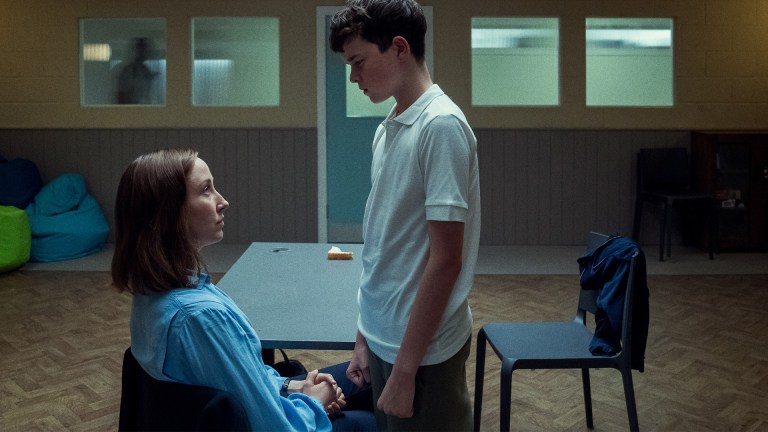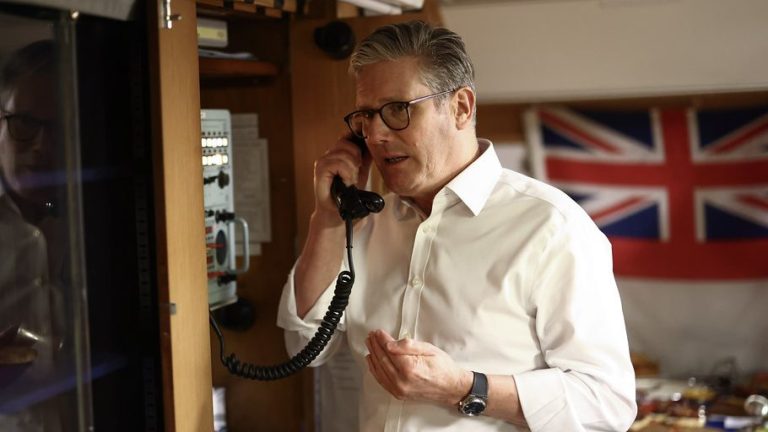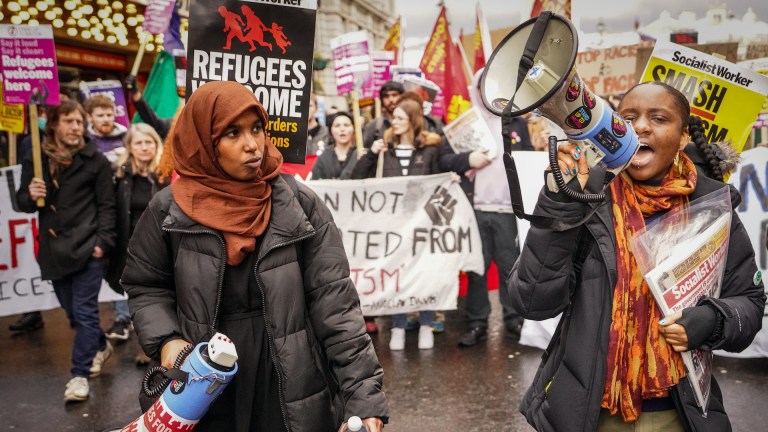There are too many books in Hay-on-Wye. Finding a treasure does not have the same sense of victory as finding something at a jumble sale in Invergordon or a junk shop in Stalybridge. But it doesn’t stop me browsing. I find a tiny pocket book of myths and a biography of Stanley Baker, a tough-guy actor you could really believe would knock you flat if you got mayonnaise on his tweed suit.
I am at a book festival and right before me is a celebrity historian who has lately become something of an amplified conspiracy theorist. Festivals often have an author’s dinner at the end of the day, and my wife has told me to keep quiet and try to sit in the corner and so I do. I keep my head down in the pea risotto, quietly observing and sticking another breadstick in my mouth every time a contrasting opinion springs to mind. We do briefly talk about the astronomer Tycho Brahe, who owned an elk that he would drink with. I am surprised the historian was unaware of the elk’s sad death, inebriated, it fell down the stairs. To be fair, even sober, elks aren’t good on stairs.
The next day my stomach is discontented. By keeping my mouth full to avoid conflict I had one crème brûlée too many, which is one crème brûlée. I don’t know why I ordered it, I just panicked. It’s a long car journey to the nearest station, so I top myself up with Imodium and hope I don’t have to ask the driver to suddenly pull into some cow parsley. In all this excitement I do not see the red weather warnings.
By the time I get to Oxenholme Lake District station, it is the sort of weather that suits an old horror film where young flappers are benighted in a lonely house with an eccentric family and a psychopathic butler, but before that demise I get to Sedburgh, England’s book town. Due to train delays, I am a little late, so walk straight into the vast bookshop, past the biography section, through the local interest shelves and find myself stood in front of the embroidery books.
With my rucksack still on, I start talking. Being in front of the embroidery section I am inspired to talk about Ernest Thesiger, a great actor, embroiderer and First World War veteran who, when asked what it was like on the western front, replied, “Oh, the noise! And the people!” He was also author of Adventures in Embroidery, so I tell the audience of his hope of setting up a disabled soldiers’ embroidery industry after the War.
After visiting wounded men in hospitals, he wrote that he was “struck with the interest invalids took in needlework and the skill they evinced in working their own rather crude designs. I offered to supply them with something a little more decorative in the way of patterns, but while they were still in hospital found they were not easily interested in anything apart from their own artistic efforts.” Top brass were not keen on Thesiger’s aims to give wounded soldiers purpose and employment through embroidery, as they felt it was not a manly pursuit for warriors.











